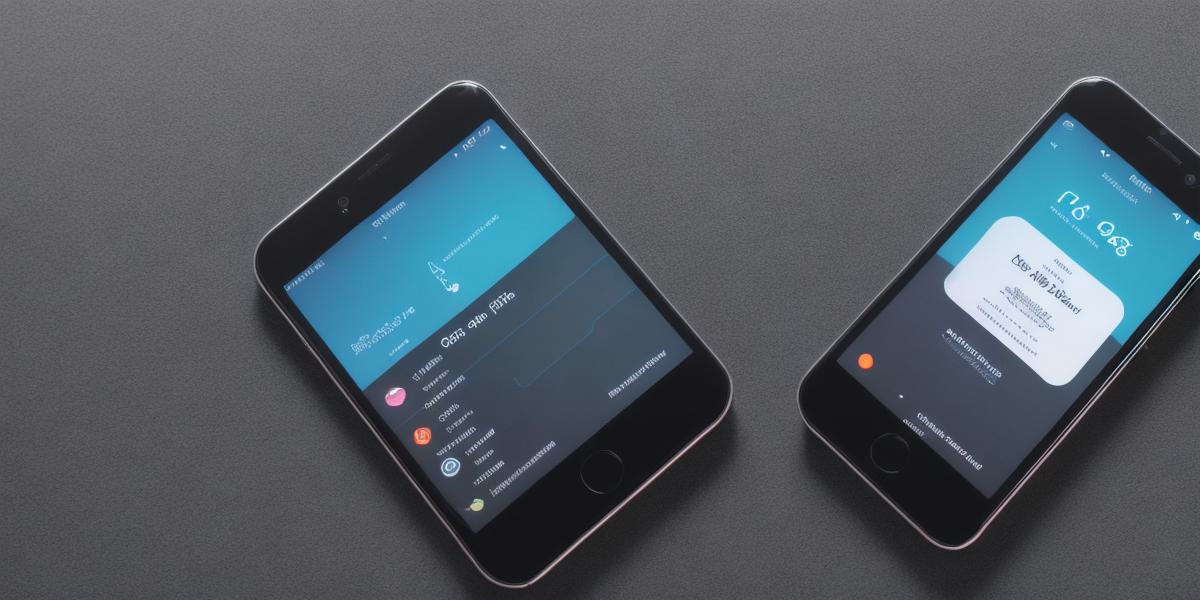The Ultimate Guide to Mobile Application Development Platforms

As mobile devices continue to dominate the digital landscape, businesses are increasingly turning to mobile application development platforms (MADPs) to build and launch their apps. In this guide, we’ll take a closer look at MADPs, exploring their features, benefits, and drawbacks, as well as providing real-life examples of companies that have successfully used them.
What are Mobile Application Development Platforms?
Mobile application development platforms (MADPs) are software tools that provide developers with the resources they need to build and launch mobile apps for various devices and operating systems. MADPs typically include features such as app templates, drag-and-drop editors, code generators, and analytics tools. Benefits of Mobile Application Development Platforms There are several benefits to using a mobile application development platform: 1. **Faster Time-to-Market:** MADPs streamline the app development process by providing developers with pre-built templates and code generators, which can significantly reduce the time it takes to build and launch an app. 2. **Reduced Costs:** By using a MADP, businesses can save money on development costs, as they don’t have to hire specialized developers or purchase expensive tools. 3. **Easier Maintenance:** MADPs often include built-in analytics tools that allow developers to monitor app performance and identify areas for improvement, making maintenance easier and more cost-effective. 4. **Wider Reach:** MADPs typically support multiple devices and operating systems, allowing businesses to reach a wider audience with their apps. Case Studies: Successful Companies Using Mobile Application Development Platforms
Shopify
Shopify is an ecommerce platform that allows businesses to build and launch online stores. The company has also used mobile application development platforms to create mobile apps for its customers. By using a MADP, Shopify was able to quickly and easily build mobile apps for iOS and Android devices, allowing its customers to manage their online stores from anywhere.
Airbnb
Airbnb is a popular accommodation booking platform that has also used mobile application development platforms to create its mobile app. By using a MADP, Airbnb was able to quickly and easily build an app for both iOS and Android devices, allowing users to search for and book accommodations on the go.
Uber
Uber is a ride-hailing platform that has used mobile application development platforms to create its mobile app. By using a MADP, Uber was able to quickly and easily build an app for both iOS and Android devices, allowing users to request rides and track their drivers in real-time.
Frequently Asked Questions
1. What are the main features of mobile application development platforms? Mobile application development platforms typically include features such as app templates, drag-and-drop editors, code generators, and analytics tools. 2. How can businesses save money by using mobile application development platforms? By using a MADP, businesses can save money on development costs, as they don’t have to hire specialized developers or purchase expensive tools. 3. Can mobile application development platforms support multiple devices and operating systems? Yes, many mobile application development platforms support multiple devices and operating systems, allowing businesses to reach a wider audience with their apps. 4. What are some real-life examples of companies that have successfully used mobile application development platforms? Some examples include Shopify, Airbnb, and Uber. These companies have used MADPs to quickly and easily build mobile apps for their customers or users.
Conclusion
Mobile application development platforms (MADPs) are becoming increasingly popular among businesses looking to build and launch mobile apps.








